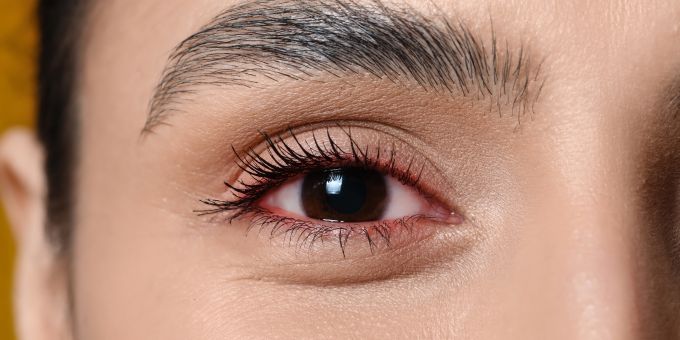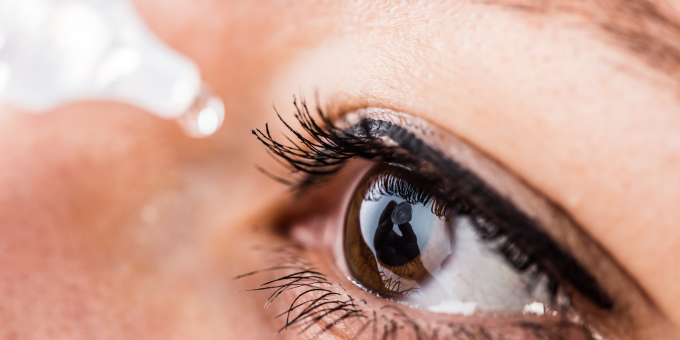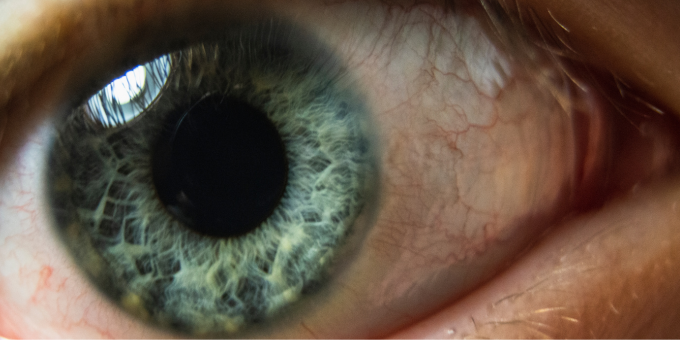Dry eye syndrome, also known as keratoconjunctivitis sicca, is a common condition that happens when the eye doesn’t make enough tears or the tear film evaporates quickly due to meibomian gland dysfunction (located in the eyelids and responsible for lubricating the eyes). This affects the ocular surface: the tear film, eyelids, conjunctiva, and cornea.
This condition mainly affects women and the risk of getting it increases with age.

Dry eye syndrome does not tend to be a serious condition; people affected tend to have some discomfort but don’t normally have vision loss.
Dry eye usually does not have a cure, but it can be well controlled using the appropriate dry eye treatment.

The main symptoms of dry eye syndrome are tired eyes, light sensitivity, blurred vision, gritty sensation, burning, or redness. These symptoms are normally worse in environments with wind, smoke, air conditioning, dust, or low humidity. Another symptom could be an intolerance to contact lenses.
Tests for dry eye syndrome include visual acuity measurement, slit lamp examination, measurement of the rate of tear production, tear concentration, and tear film break-up time.

It may be caused by hormonal changes that make the eyes produce less tears, such as the menopause or ageing. Other causes include sun exposure, some antianxiety medications, contraceptives, a dry environment (for example air conditioning or wind), smoking, heat, or past surgery, among others. Other possible causes include allergies, rheumatic diseases, and the use of electronic devices.
To avoid dry eye syndrome, it is recommended that low humidity places are avoided and some predisposing drugs. It is always important to see an ophthalmologist to have a correct diagnosis and, if necessary, dry eye treatment.



